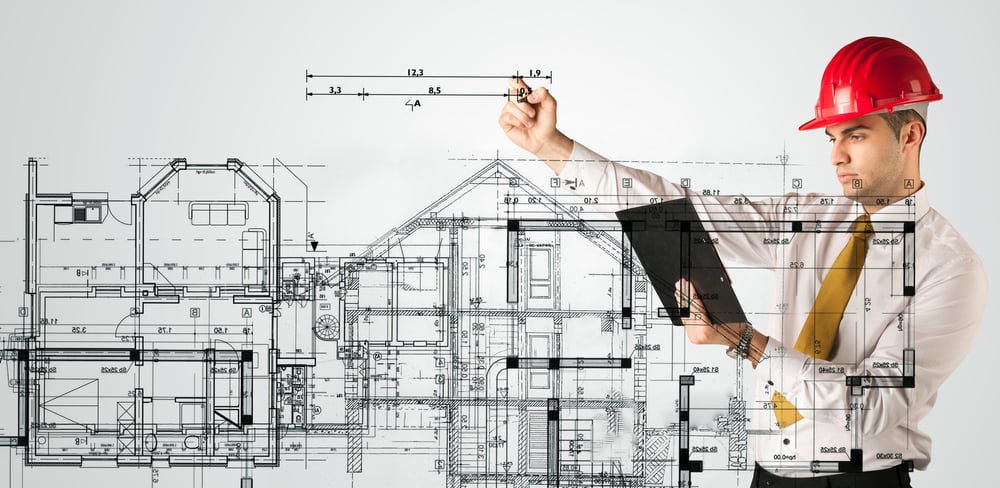Well, not getting it “right first time” due to poor planning can lead to increased risks resulting in expensive and ongoing costs. Conducted at the correct stages of a project design reviews can save you time, money and effort if rectified before they happen.
What is a Water Safety Project Design Review? All projects go through many stages; from concept design to technical design and stages of installation, commissioning and soft landings. Project design reviews will help you gain specialist advice at all stages of the process to highlight potential issues that can be resolved before they become a problem.
Who is ‘responsible?’
The Construction (Design and Management) Regulations 2015 (CDM Regulations) identify duty holders as not only Clients or their representatives, but also Designers, Principal Designer, Principal Contractor, Contractors’ and Workers. For any Construction Project the Principal Designer and Principal Contractor are responsible for ensuring that others involved in a project have adequate skills/knowledge/experience to deem them competent to carry out the work that they are appointed to complete.
 Historically there may have been a design/project team that moved from project to project carrying out works in a broadly similar way. This type of operation does provide good consistency in design preference and appointed contractors, but it doesn’t factor highly enough or consider the reason for the new build/project and how the end-users will use the facility, neither does it guarantee co-ordination between different specifiers e.g. the Architect and Mechanical Design Engineer.
Historically there may have been a design/project team that moved from project to project carrying out works in a broadly similar way. This type of operation does provide good consistency in design preference and appointed contractors, but it doesn’t factor highly enough or consider the reason for the new build/project and how the end-users will use the facility, neither does it guarantee co-ordination between different specifiers e.g. the Architect and Mechanical Design Engineer.
Also, do you know that practices developed in the 1970s / 1980s continue even though technical documents have been publicised to prevent such occurrences?
The appointment of a competent Authorised Person for Design (Water), who can advise the client on design compliance of the water systems, including coordination between various professionals, will support compliance and control whilst giving reassurance to the Water Safety Group.
Where do we get guidance?
One of the best sources of guidance for this comes from a British Standard, BS8680 Water Quality – Water Safety Plans – Code of Practice, but what does the guidance say?
BS8680 Section 4.8 states:
‘During design, the responsibility for water safety rests alongside all design health and safety matters under the Construction (Design and Management) Regulations 2015, resides with the principal designer. The Principal Designer is required to plan, manage, and coordinate the planning and design works; and the principal contractor is required to plan, manage, and coordinate the construction work.’
This leads to the Designers needing input from various experts in the fields included in the project.
Your Water Safety Plan
Your Water Safety Plan should include information on Design Control, setting out how your organisation plans to manage projects from small refurbishments to large new builds and this should also include refurbishment projects that have no planned modifications to the existing water systems. An impact assessment should be carried out and if the project affects normal operation of the water system a Water Management Plan can be created as part of a Design Review.
The Water Hygiene Centre’s Collective of Authorising Engineers (Water) (AEW) has noticed a sharp increase in requests for supporting clients with their new projects (big and small) in the form of a Water Safety Project Design Review. These reviews provide valuable advice, guidance, and feedback on areas the designer may have missed before handing over to the principal contractor.
Examples of Water Safety Improvements
Some of the feedback our AEWs and their WSGs have been able to identify include:
- Excessive water storage;
- Contravention of the Water Supply (Water Fittings) Regulations;

- Lack of isolation valves;
- Excessive use of TMVs that may not be required along with no supporting scalding risk assessment defining the required specification of thermostatic control;
- A lack of BMS temperature monitoring points at the principal and subordinate loops;
- Basic failures with out-of-date guidance documents and British Standards referenced;
- Possible low-use outlets being installed on the end of pipework runs;
- Excessive pipework runs which could lead to stagnation.
- Not allowing enough time in the project for proper commissioning and Legionella sampling
- Inadequate sampling of a system which will not help demonstrate that the commissioning has been successful;
- Insufficient access to deliver ppm.
- Inadequate demonstration of compliance for the project team members.
Feel free to reach out if you have any questions about the issues mentioned above or if you would like to consult with one of our experts on water hygiene.
Editor’s Note: The information provided in this blog is correct at the date of original publication – October 2023. (Revised September 2024).
© Water Hygiene Centre 2024









